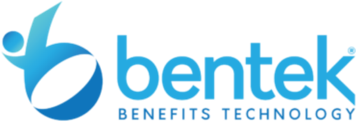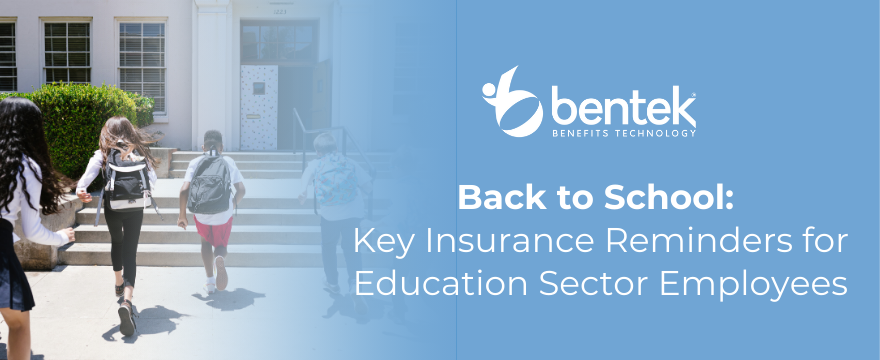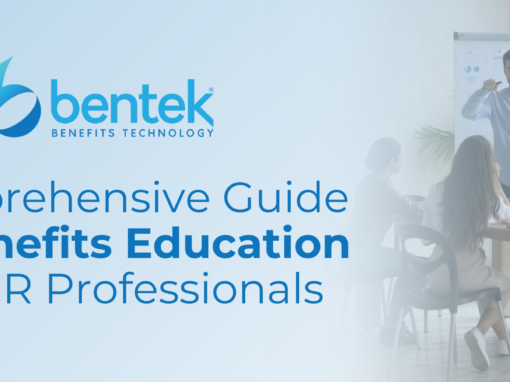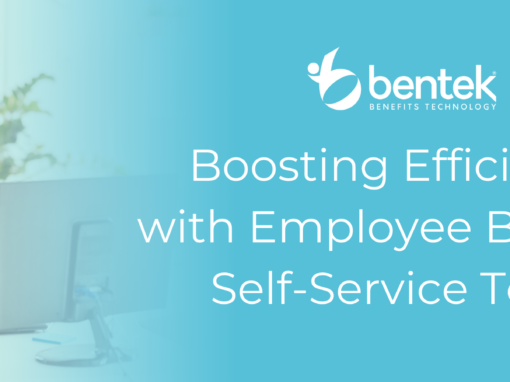Did you know that with the turn of the season and the ringing of the school bell comes a critical checkpoint for education sector employees? Yes, it’s that time again — back to school and time to dust off those policy documents and dive deep into the world of insurance.
For many educators and school staff, navigating the labyrinth of insurance options, benefits, and coverage levels can feel as daunting as a high school calculus exam. However, with the educational landscape continually evolving and the unforeseen challenges it brings, securing robust insurance coverage is not just wise; it’s imperative. This article aims to serve as your compass in the complex world of insurance for teachers.
The Core of Employer-Sponsored Health Insurance
Employer-sponsored health insurance represents a collaborative effort between educational institutions and insurance providers to offer comprehensive health coverage to employees. This symbiotic relationship not only ensures a healthier workforce but also contributes positively to employee retention and satisfaction rates. Through this arrangement, educators gain access to a suite of health services at significantly reduced costs, thanks to the collective bargaining power of group plans.
- Group Plans Versatility: Tailored to meet the diverse needs of educators, from single teachers to those with families, these plans offer a variety of coverage levels and benefits.
- Cost-Effectiveness: Leveraging the collective buying power, these plans typically present lower premiums and out-of-pocket expenses compared to individual policies.
- Simplified Enrollment Process: With institutions handling the administrative legwork, educators find the enrollment process less daunting and more streamlined.
Benefits Unique to the Education Sector
Educational institutions often go beyond the standard offerings found in the corporate world, providing plans that cater specifically to the needs of their educators and staff. These benefits include:
- Comprehensive Coverage Options: From preventive care to specialist services, the plans are designed to cover a broad spectrum of health needs.
- Eligibility and Enrollment Periods: Understanding the critical windows for enrollment can significantly impact your coverage, especially the open enrollment period, which is a designated time annually when employees can make changes to their plans without a qualifying event.
- Specialized Programs: Many institutions offer wellness programs, mental health support, and telemedicine services, acknowledging the unique pressures educators face.
Important Reminders for Education Sector Employees as the School Year Approaches
As the school year approaches, it’s essential for education sector employees to stay informed and prepared. Our reminders below provide key updates and guidelines to ensure a smooth start, helping educators and staff focus on what matters most—delivering quality education and support to students. Stay ahead with these crucial tips to make the upcoming school year successful for everyone involved.
Verify the Accuracy of Personal Information
- Check for Updates: Ensure that all personal information on your insurance policy is current. This includes your address, contact numbers, and email.
- Life Changes: Report any significant life events, such as marriage, divorce, or the birth of a child, which could affect your coverage needs or beneficiaries.
Review Beneficiaries
- Current Listings: Confirm that the listed beneficiaries on your policy are up to date. Life changes might necessitate adjustments.
- Contingent Beneficiaries: Consider specifying contingent beneficiaries to ensure coverage in the unforeseen event that your primary beneficiary cannot claim the benefit.
Assess Coverage Needs Based on Life Changes
- Adjustment Requirement: Analyze if recent life changes (e.g., marriage, childbirth, or purchase of a new home) necessitate an increase or decrease in coverage.
- Employment Changes: Reflect on any employment changes that might affect your eligibility or need for certain insurance benefits.
Explore Additional Coverage Options
- Disability Insurance: Investigate whether you have adequate disability insurance to cover expenses in case of an inability to work due to illness or injury.
- Life Insurance: Evaluate if your current life insurance coverage meets your family’s needs, especially if you’ve had recent life changes.
- Supplemental Policies: Look into supplemental policies such as dental, vision, or critical illness insurance that might be beneficial.
Understand the Process for Filing Claims
- Procedure Clarity: Familiarize yourself with the claims process for your insurance policies. Knowing the steps can expedite the process when needed.
- Documentation: Understand what documentation is necessary when filing a claim to avoid delays.
Being proactive about your insurance coverage is not just about ensuring that you’re protected; it’s about peace of mind. Knowing that you’ve taken the steps to align your insurance coverage with your current needs means one less thing to worry about as you focus on the upcoming academic year. This checklist serves as a roadmap to navigate the often complex terrain of insurance policies, making sure that you, as an education sector employee, are adequately prepared and protected for the year ahead.
Did you like this article? Check out others on the Bentek Blog!




